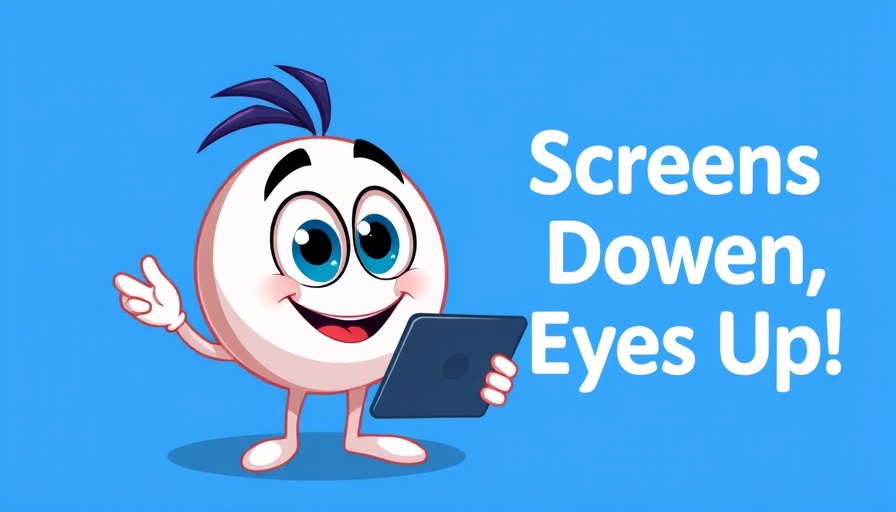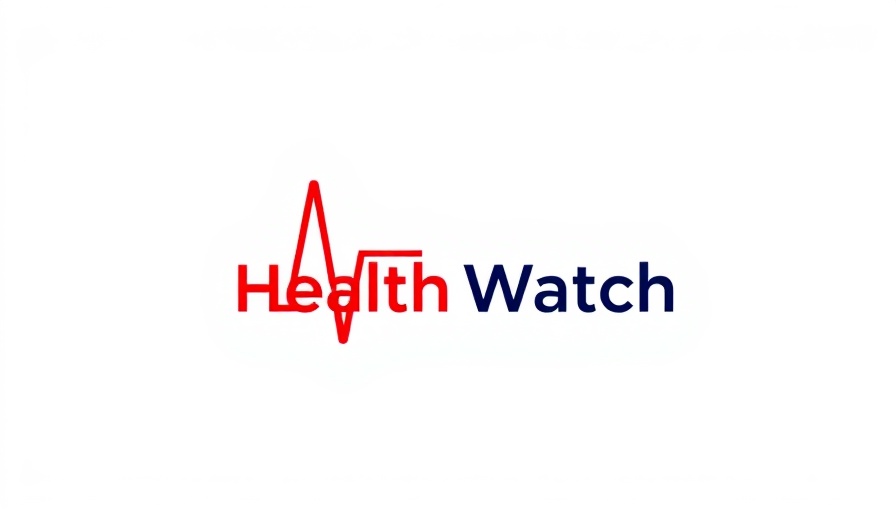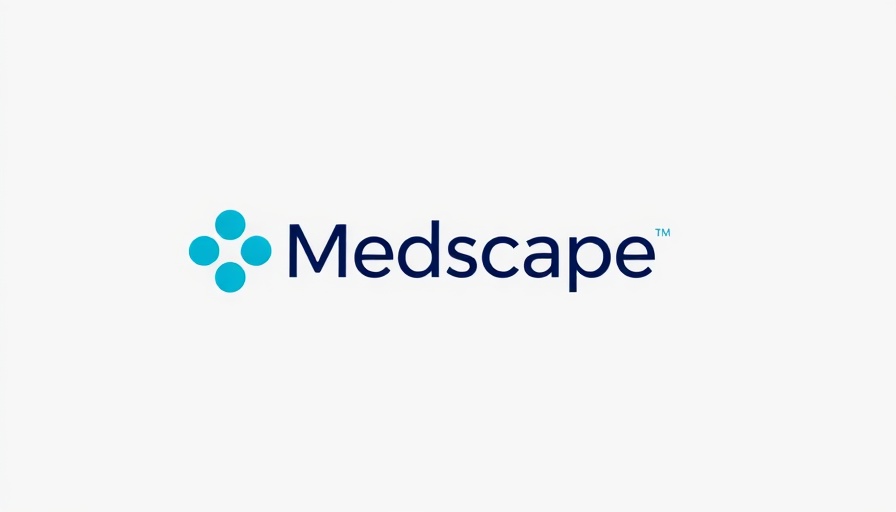
Raising Awareness: The Importance of Myopia
As Myopia Awareness Week approaches in 2025, the urgent need to address the rising epidemic of myopia, or nearsightedness, is gaining more attention. Increasing screen time, particularly among children, contributes significantly to the increase in myopia rates globally. The World Health Organization (WHO) recognizes this growing health concern, which is not just limited to vision problems but can lead to serious complications, including glaucoma and retinal detachment.
Understanding Myopia: Causes and Symptoms
Myopia occurs when the eye is too long, or the cornea has too much curvature, causing light rays to focus incorrectly. Symptoms like blurred distance vision, headaches, and squinting can lead to frustration for those affected. The latest statistics indicate that nearly 50% of the global population could be myopic by 2050 if current trends continue, emphasizing the importance of early detection and intervention.
Social Connection: The Power of Community Awareness
The impact of myopia stretches beyond personal health; it affects social interactions and education, disrupting children’s learning experiences. By creating community-focused initiatives during Myopia Awareness Week, organizations aim to educate parents and teachers about the significance of eye health, motivating families to minimize screen time and incorporate outdoor activities into daily routines.
Current Trends: The Screen Time Dilemma
The digital age has dramatically changed how individuals, especially youths, engage with their environment. Studies reveal children spend an average of 7 hours per day on screens, whether for education or entertainment. This increase directly correlates with the rising incidence of myopia, as prolonged indoor time often substitutes essential outdoor activities that are crucial for eye development. As many experts suggest, limiting screen time is a proactive step towards combating myopia.
Future Predictions: Shifting Eye Health Trends
Experts predict that if proactive measures aren’t adopted now, we could witness an unprecedented rise in myopia cases, leading to a public health crisis. However, there are promising advancements in optometry, such as innovative treatments and technologies aimed at controlling myopia progression in children. Prescription contact lenses and specialized glasses may become more common as awareness of the issue grows.
Taking Action: Your Role in Eye Health
Individuals can actively participate in improving eye health by committing to regular eye exams, particularly for children. By fostering a lifestyle that balances screen time and outdoor activities, family members can significantly impact their loved ones’ overall eye health. Encouraging healthy habits early set the foundation for a lifetime of good vision.
Inspirational Insights: Voices in Eye Health
As optometrist Dr. Jane Smith stated, “The best time to protect your eyes is now.” This powerful reminder underscores the essential actions we can take within our communities to tackle myopia. Sharing stories and insights during Myopia Awareness Week can inspire families to prioritize eye health in their daily routines.
Awareness is the first step to prevention. Join us in spreading the word during Myopia Awareness Week 2025 and take actionable steps to safeguard your eye health and that of future generations.
 Add Row
Add Row  Add
Add 




Write A Comment